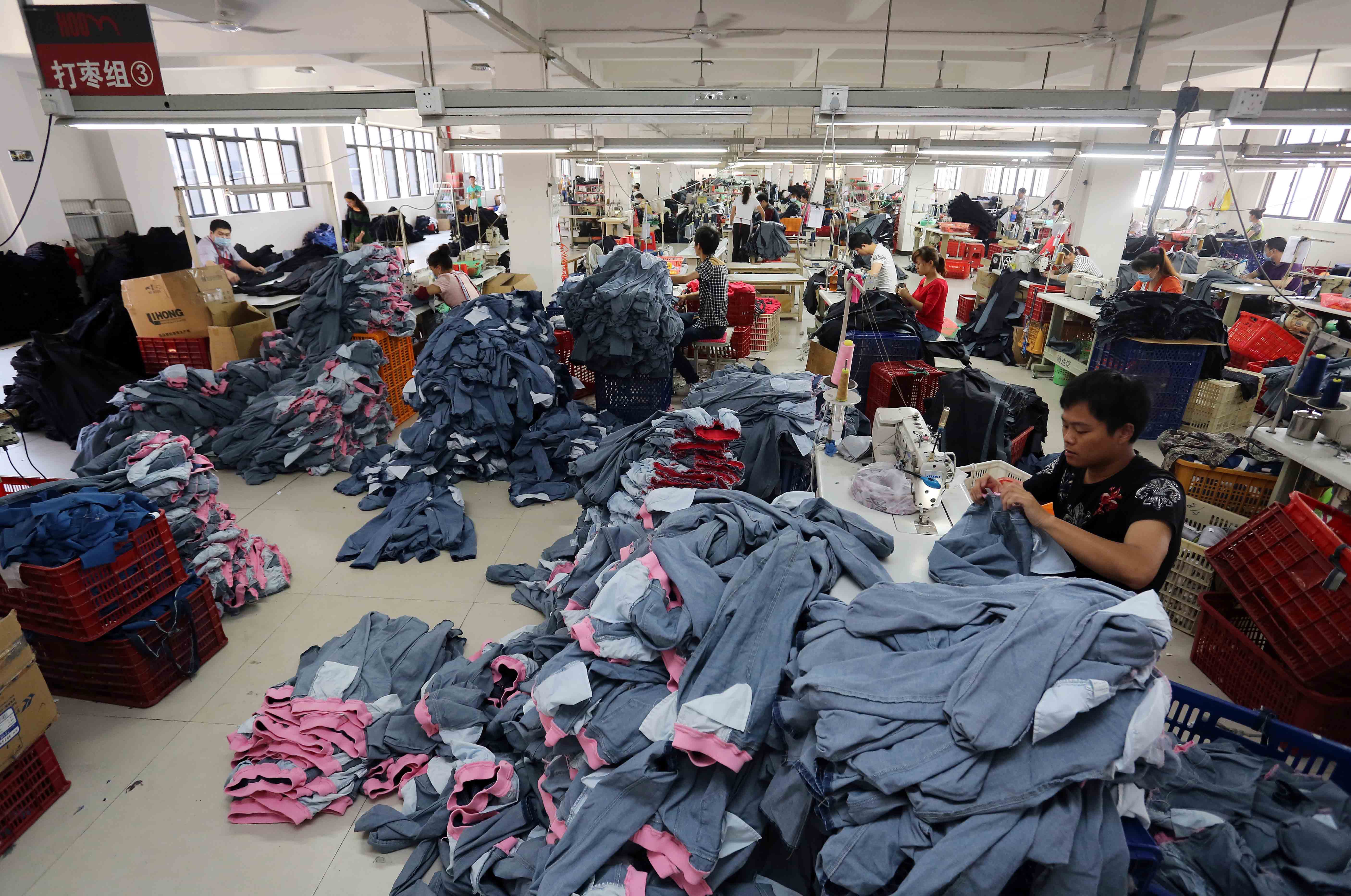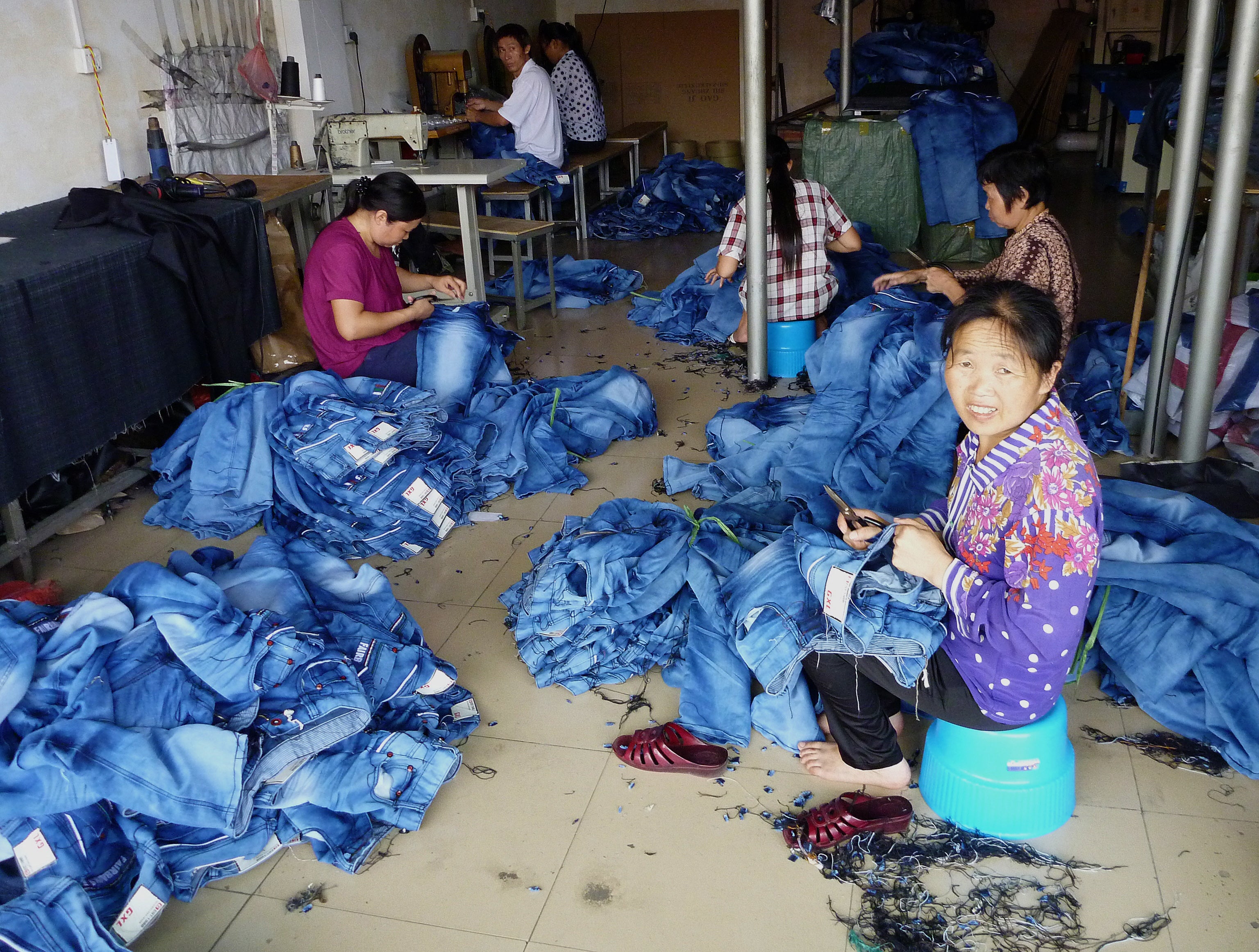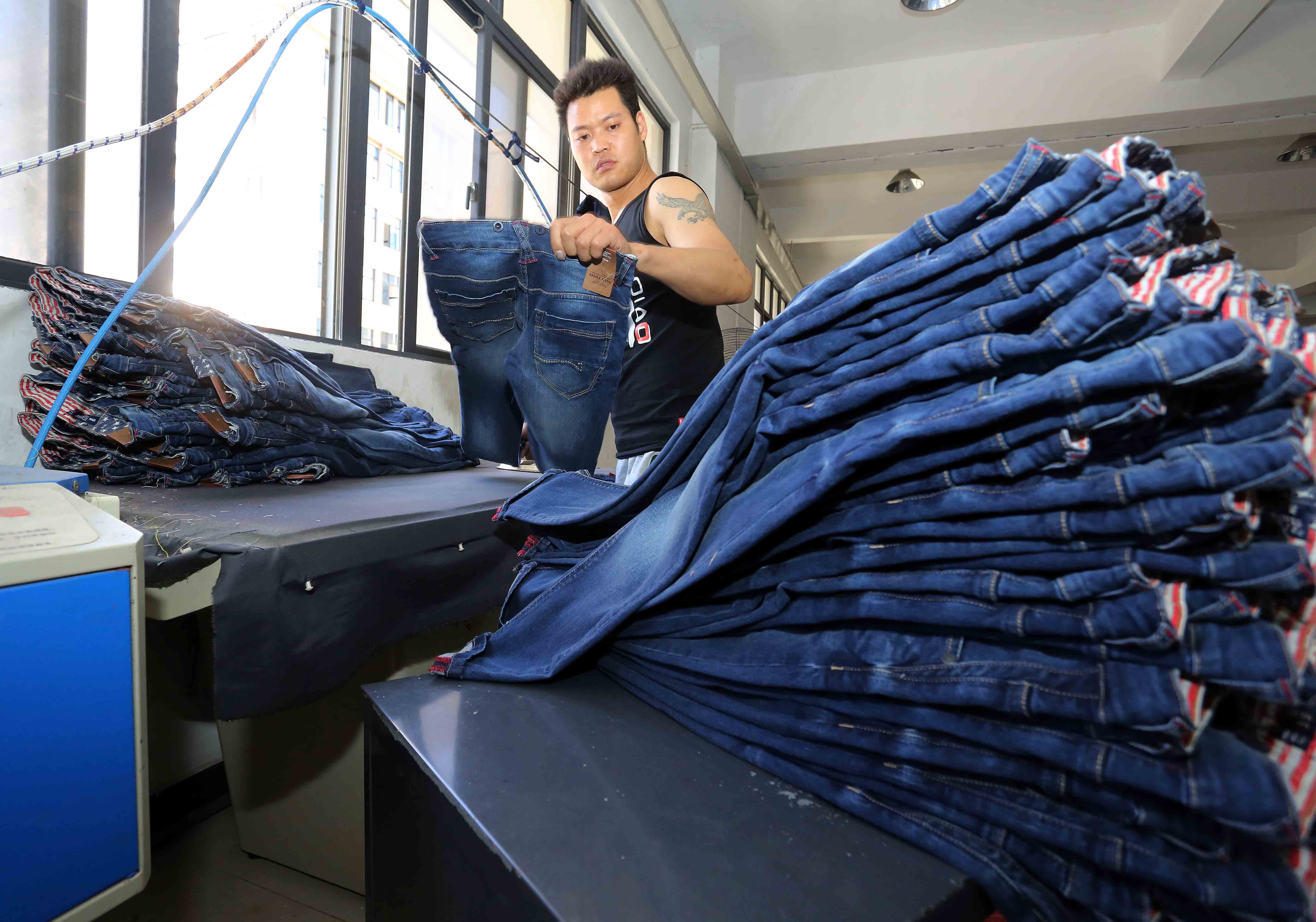The life and death of your clothes
Vanessa Friedman finds out how hard it is to answer seemingly easy questions around where and how our clothes are made, how they reach us, and what happens when we’re finished with them

Your support helps us to tell the story
From reproductive rights to climate change to Big Tech, The Independent is on the ground when the story is developing. Whether it's investigating the financials of Elon Musk's pro-Trump PAC or producing our latest documentary, 'The A Word', which shines a light on the American women fighting for reproductive rights, we know how important it is to parse out the facts from the messaging.
At such a critical moment in US history, we need reporters on the ground. Your donation allows us to keep sending journalists to speak to both sides of the story.
The Independent is trusted by Americans across the entire political spectrum. And unlike many other quality news outlets, we choose not to lock Americans out of our reporting and analysis with paywalls. We believe quality journalism should be available to everyone, paid for by those who can afford it.
Your support makes all the difference.Early on in Unraveled, a new book about the dark underbelly of fashion, author Maxine Bédat describes walking through a factory in Guangdong, China, that specialises in acid-washing jeans, picking her way over dark puddles of “iridescent, bubbling content” that had spilled from industrial washing machines and was sloshing around on the floor.
This is a hundred pages or so before she is warned not to wear make-up to a landfill in Kpone, an area in Ghana where 2.8 million items of castoff clothing are added per week, because “the chemicals in the landfill would make mascara congeal on my eyelashes”.
The book is the latest entry in a growing genre of nonfiction: the consumption horror story. It’s as scary as any adult tale Roald Dahl ever wrote. (Indeed, if he were alive today, he might well imagine a fashionista who got swallowed by a mountain of discarded finery.)
But as we prepare for the re-emergence, and how and where we shop once again becomes a topic of conversation, is it scary enough?
Subtitled The Life and Death of a Garment, Unraveled purports to trace the story of a pair of jeans from the farm where the cotton is grown through its spinning, dying, cutting, sewing, shipping and, ultimately, disposal.
At this point, it’s not really news to anyone that fashion is a major contributor to climate change
It’s a journey that, according to Bédat, crisscrosses the world from America to Asia and back again before ending in Africa, and involves side trips into advocacy, the history of labour unions, marketing psychology and economic policy.
Really, though, “jeans” are more of a symbol in the book. The author doesn’t actually deconstruct the life of, say, your 501s, but rather uses denim as a quasi-synonym for a “piece of clothing most people own” and a tool to illustrate how surprisingly hard it is to answer the seemingly innocuous questions: where and how are my clothes made? How do they get to me? What happens when I’m done with them? Not to mention the pretty awful reality of the response when it finally comes.
In this, it joins Lucy Siegle’s To Die For: Is Fashion Wearing Out the World?, Elizabeth Cline’s Overdressed: The Shockingly High Cost of Cheap Fashion and, most recently, Dana Thomas’ Fashionopolis: The Price of Fast Fashion and the Future of Clothes (along with documentaries like The True Cost.
All of which illuminate the damage being done to both humans and the environment by the ever-churning cycle of cheap shirts and skirts and slip dresses; the growing addiction to the promise of different and better embodied by an outfit fresh from the box; and the tendency to toss the old in the trash. Or the donation bin.
Yet at this point, it’s not really news to anyone that fashion is a major contributor to climate change. For years one of the biggest pieces of online news was the data point (now largely disavowed yet somehow still being parroted by many) that fashion was the second greatest polluter on the planet.
Ever since the Rana Plaza garment district disaster in 2013, there has been increased scrutiny on the exploitation of cheap labour by global fashion brands. Over the same period, brands both high and mass have become fluent in (and florid with) the language of sustainability, each vying to be more carbon neutral than the next.

And that was before the pandemic, which caused the fashion world to go into freefall. Stores were closed, ateliers darkened, fabric mills shuttered, orders for fall clothes cancelled and spring shipments turned away at department store loading bays. With so much tragedy and fear in the world and people hunkered down in their homes, clothes were the absolute least of the matter.
At the same time, stories leaked about garment workers in faraway countries in desperate straits as the losses were passed down the supply chain.
Predictions were made that this was finally the moment the industry would grapple with the system it had created; that a reset was on the way. Designers and retailers and editors convened. Maybe, they said, this is our wake-up call. We couldn’t change our patterns of overproduction and overconsumption and markdowns and waste, so nature has changed them for us. Maybe we should seize the day and reboot the system in a more rational way.
There were calls for President Joe Biden to install a fashion czar to corral the industry. (So far, that has come to naught.) High-end designers began to discuss the joys of upcycling and using their own dead stock. Much was made of the booming resale market and Gen Z’s migration to used clothes and away from fast fashion.
These days, however, all anyone can talk about is the Great Unmasking, when we will all be partying like it’s 1921 and dressing for it. The brief hubbub about reforming sales and seasons has gone quiet. All that pent-up social energy is also, apparently, potential shopping energy. How it is wielded will determine whether any of this really sticks.

Because now, much in the way a sale price tag can seduce us into thinking we should buy a garment we might otherwise pass up, the fact that a dress is made from, say, recycled polyester or orange peel has become part of its allure.
Just as the opportunity to recycle an old garment becomes part of the rationale for replacing it, because in doing so you will not be adding to your closet – even though, as Bédat makes clear, you will still be adding to the volume of clothes in the world, which adds to the problem. Personal and public maths don’t always equate.
And one of the unforeseen, ironic results of the genuinely valuable conversation and consciousness-raising that books like Unraveled have spurred is that sustainability itself has been transformed into a selling point.
That may be the most horrifying development of all.
Join our commenting forum
Join thought-provoking conversations, follow other Independent readers and see their replies
0Comments